Clove infused vinegar recipe: Ever wished you could banish those pesky fruit flies and ants from your kitchen without resorting to harsh chemicals? I know I have! That’s why I’m so excited to share this simple, yet incredibly effective, DIY solution with you. This isn’t just another cleaning hack; it’s a return to traditional methods, a nod to our grandmothers who knew the power of natural ingredients.
Vinegar, a staple in households for centuries, has been used for everything from cleaning to medicinal purposes. Infusing it with cloves, a spice prized for its potent aroma and antiseptic properties, elevates its capabilities to a whole new level. Cloves have a rich history, once traded as a valuable commodity and used in traditional medicine across Asia and Europe. Now, we’re bringing that power into our homes to create a safe and effective pest repellent.
Let’s face it, dealing with unwanted insects can be frustrating and unhygienic. Store-bought sprays often contain chemicals that we’d rather not expose our families and pets to. This clove infused vinegar recipe offers a natural alternative that’s not only safe but also incredibly easy to make. Plus, it smells amazing! I’m going to guide you through each step, ensuring you can create your own powerful, all-natural pest control solution in no time. Get ready to say goodbye to those annoying critters and hello to a cleaner, fresher, and healthier home!
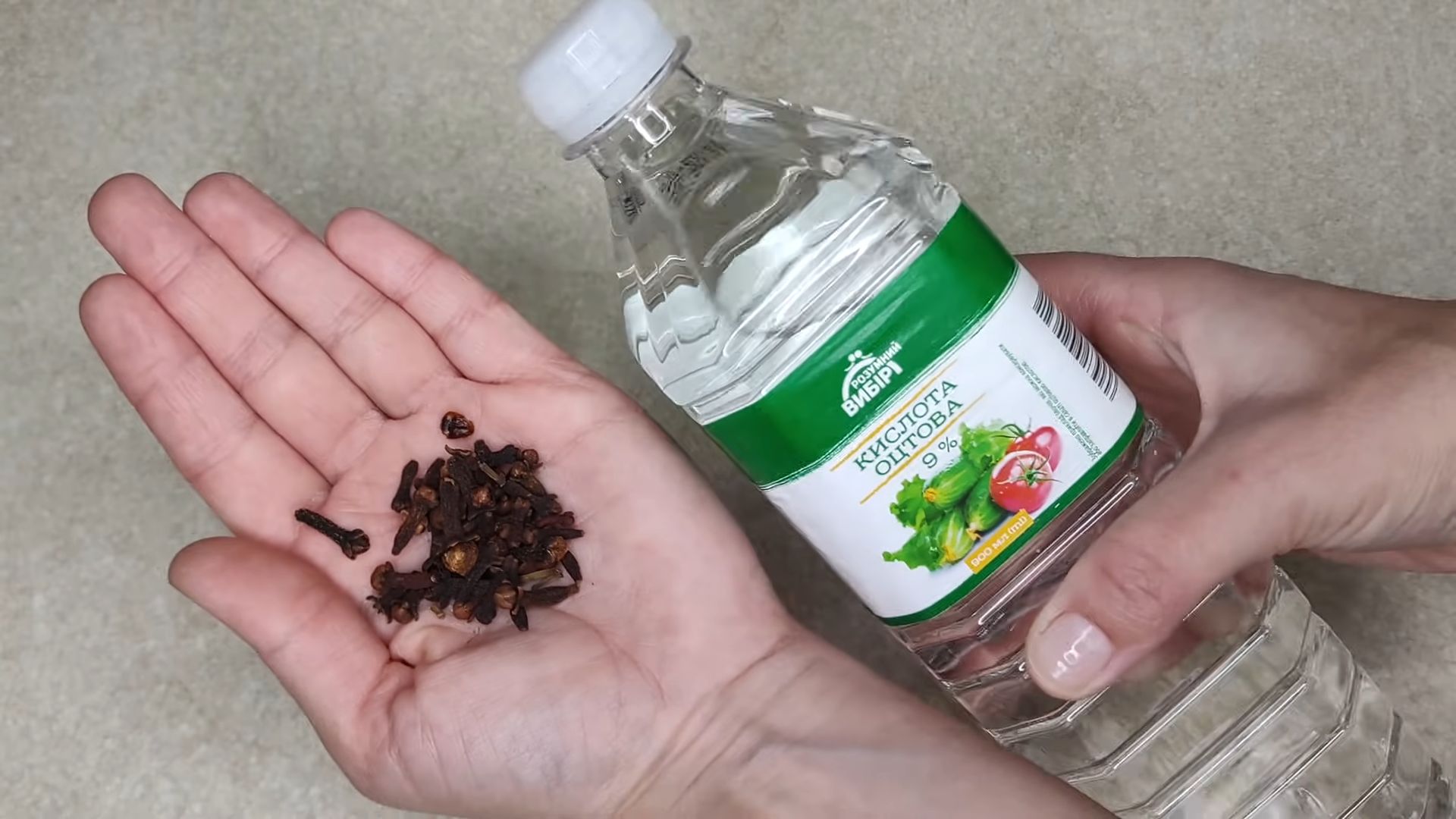
DIY Clove-Infused Vinegar: A Natural Cleaning Powerhouse!
Hey there, fellow DIY enthusiasts! I’m so excited to share one of my favorite natural cleaning hacks with you: clove-infused vinegar. This stuff is seriously amazing. Not only does it smell fantastic (especially if you’re a fan of warm, spicy scents), but it’s also a powerful cleaner, disinfectant, and deodorizer. Plus, it’s incredibly easy and affordable to make! Forget those harsh chemical cleaners – let’s harness the power of nature!
Why Clove-Infused Vinegar?
Before we dive into the how-to, let’s talk about why this is such a great option.
* Natural Disinfectant: Cloves contain eugenol, a compound with potent antiseptic and antibacterial properties. Vinegar, of course, is also a natural disinfectant. Together, they create a cleaning solution that can tackle germs and bacteria without the harsh chemicals found in commercial cleaners.
* Deodorizing Power: Cloves have a strong, pleasant aroma that can help neutralize unpleasant odors. Vinegar also helps to absorb and eliminate smells. This makes clove-infused vinegar perfect for cleaning areas like kitchens, bathrooms, and even pet areas.
* Versatile Cleaner: You can use clove-infused vinegar to clean a variety of surfaces, including countertops, floors, sinks, toilets, and even windows (just dilute it properly!).
* Eco-Friendly and Budget-Friendly: Making your own cleaning solutions is a great way to reduce your environmental impact and save money. Cloves and vinegar are both relatively inexpensive and readily available.
* Allergen-Friendly: For those of us with sensitivities to harsh chemicals, this is a game changer.
What You’ll Need
Okay, let’s gather our supplies. Here’s what you’ll need to make your own clove-infused vinegar:
* White Vinegar: I recommend using plain white vinegar. It’s the most effective for cleaning and has a neutral scent that won’t clash with the cloves.
* Whole Cloves: You can find these in the spice aisle of most grocery stores. Whole cloves are essential for infusing the vinegar with their beneficial properties and aroma.
* A Clean Glass Jar with a Lid: A mason jar or any other glass jar with a tight-fitting lid will work perfectly. Make sure it’s clean and dry to prevent contamination.
* Optional: A funnel can be helpful for pouring the vinegar into the jar without making a mess.
* Optional: Essential oils (like lemon, orange, or tea tree) can be added for an extra boost of scent and cleaning power.
Step-by-Step Instructions: Infusing the Vinegar
Now for the fun part! Here’s how to make your clove-infused vinegar:
1. Prepare the Jar: Make sure your glass jar is clean and completely dry. Any moisture can dilute the vinegar and potentially lead to mold growth. I usually run mine through the dishwasher or wash it thoroughly with soap and hot water.
2. Add the Cloves: Pour the whole cloves into the jar. A good rule of thumb is to use about 1/4 to 1/2 cup of cloves per 16 ounces (2 cups) of vinegar. I usually go for the stronger end of that range because I like a potent infusion. You can adjust the amount to your preference. More cloves will result in a stronger scent and more potent cleaning power.
3. Pour in the Vinegar: Carefully pour the white vinegar into the jar, completely covering the cloves. Leave about an inch of headspace at the top of the jar. This allows for expansion and prevents the jar from overflowing. If you’re using a funnel, this step will be much easier and less messy!
4. Seal and Shake: Secure the lid tightly on the jar. Give the jar a good shake to ensure the cloves are evenly distributed in the vinegar.
5. Infuse: Now comes the waiting game. Store the jar in a cool, dark place for at least 2 weeks, but preferably 4-6 weeks. This allows the vinegar to fully extract the beneficial properties and aroma from the cloves. The longer it infuses, the stronger and more effective it will be. I usually keep mine in a pantry or cupboard.
6. Shake Regularly: During the infusion process, shake the jar every few days to help the cloves release their oils and compounds into the vinegar.
Step-by-Step Instructions: Straining and Storing
After the infusion period, it’s time to strain the vinegar and store it for use.
1. Prepare a Strainer: Place a fine-mesh strainer over a clean bowl or jar. You can line the strainer with cheesecloth or a coffee filter for even finer filtration, but it’s not always necessary. This will remove the cloves from the vinegar.
2. Strain the Vinegar: Carefully pour the clove-infused vinegar through the strainer, allowing the liquid to drain into the bowl or jar below. Discard the used cloves. They’ve done their job!
3. Store the Infused Vinegar: Pour the strained clove-infused vinegar into a clean, airtight container. I like to use a glass spray bottle for easy application. Label the bottle clearly so you know what it is.
4. Shelf Life: Clove-infused vinegar has a long shelf life – it can last for several months or even a year if stored properly in a cool, dark place.
Using Your Clove-Infused Vinegar
Now that you have your own batch of clove-infused vinegar, let’s talk about how to use it!
* All-Purpose Cleaner: Dilute the clove-infused vinegar with water in a spray bottle. A good ratio is 1:1 (equal parts vinegar and water). You can use this solution to clean countertops, sinks, toilets, and other surfaces. Always test on an inconspicuous area first to ensure it doesn’t damage the surface.
* Floor Cleaner: Add about 1/4 cup of clove-infused vinegar to a bucket of warm water. Use this solution to mop your floors. It’s safe for most types of flooring, but again, test in a hidden area first.
* Window Cleaner: Dilute the clove-infused vinegar with water in a spray bottle (a ratio of 1:4 – one part vinegar to four parts water is ideal). Spray the solution onto your windows and wipe clean with a microfiber cloth.
* Deodorizer: Spray the clove-infused vinegar solution into the air to freshen up a room. You can also use it to deodorize carpets and upholstery.
* Toilet Bowl Cleaner: Pour about 1/2 cup of undiluted clove-infused vinegar into your toilet bowl. Let it sit for 15-20 minutes, then scrub and flush.
* Garbage Disposal Freshener: Pour a small amount of clove-infused vinegar down your garbage disposal to freshen it up and eliminate odors.
* Cutting Board Disinfectant: After washing your cutting board, spray it with clove-infused vinegar to disinfect it. Let it sit for a few minutes, then rinse with water.
Adding Essential Oils (Optional)
If you want to boost the scent and cleaning power of your clove-infused vinegar, you can add a few drops of essential oils. Some good options include:
* Lemon Essential Oil: Adds a fresh, citrusy scent and has antibacterial properties.
* Orange Essential Oil: Similar to lemon, orange essential oil adds a bright, uplifting scent and has cleaning benefits.
* Tea Tree Essential Oil: A powerful antiseptic and antifungal oil that can help kill germs and bacteria.
* Eucalyptus Essential Oil: Has a refreshing scent and can help clear congestion.
* Lavender Essential Oil: Adds a calming scent and has antiseptic properties.
To add essential oils, simply add 10-20 drops of your chosen oil(s) to the strained clove-infused vinegar and shake well to combine.
Important Considerations
While clove-infused vinegar is a natural and effective cleaner, there are a few things to keep in mind:
* Test on an Inconspicuous Area: Always test the solution on a small, hidden area before using it on a larger surface to ensure it doesn’t damage or discolor the material.
* Avoid Certain Surfaces: Do not use vinegar on natural stone surfaces like marble or granite, as it can etch and damage them. Also, avoid using it on waxed furniture, as it can strip the wax.
* Not a Substitute for Strong Disinfectants: While clove-infused vinegar has disinfectant properties, it may not be as effective as strong chemical disinfectants for killing all types of germs and bacteria. Use your best judgment and consider using a stronger disinfectant for areas that require a higher level of sanitation.
* Smell: While I love the smell of clove, some people might find it overpowering. If you’re sensitive to strong scents, start with a smaller amount of cloves or add essential oils to mask the clove aroma.
Troubleshooting
* Vinegar
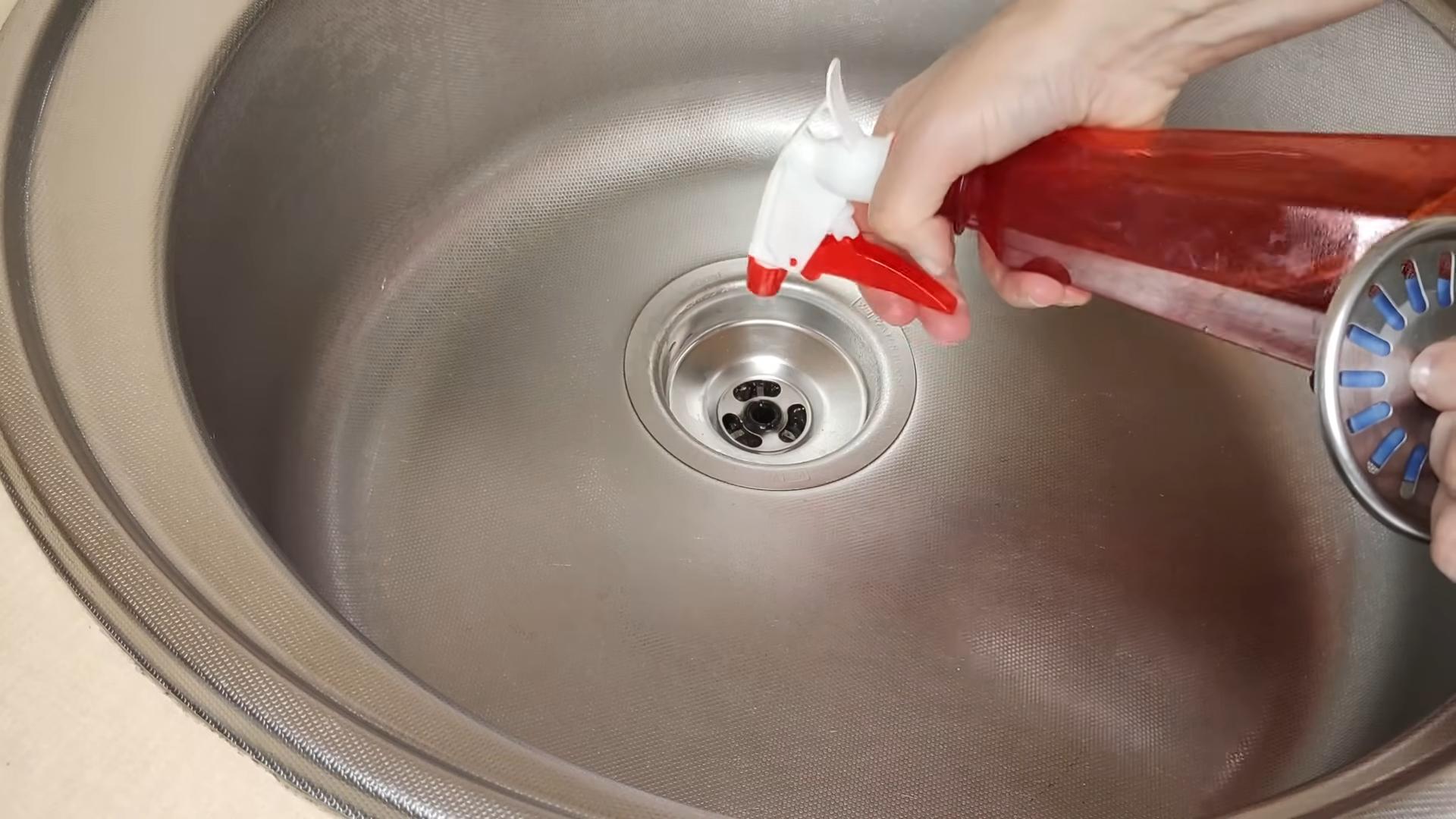
Conclusion
So, there you have it! This simple yet powerful clove infused vinegar recipe is more than just a DIY project; it’s a gateway to a cleaner, fresher, and more naturally fragrant home. We’ve shown you how easy it is to create a multi-purpose cleaning solution that not only tackles grime and odors but also infuses your living space with the warm, comforting scent of cloves.
Why is this a must-try? Because it’s effective, economical, and eco-friendly. Store-bought cleaning products often contain harsh chemicals that can be harmful to your health and the environment. This clove infused vinegar offers a natural alternative that’s gentle yet powerful. Plus, it’s incredibly budget-friendly, using ingredients you likely already have in your pantry.
But the benefits don’t stop there. The aroma of cloves is known for its antiseptic and anti-inflammatory properties, making this infused vinegar a fantastic choice for disinfecting surfaces and freshening the air. Imagine cleaning your kitchen counters and simultaneously filling your home with a delightful, spicy fragrance.
Ready to take it to the next level? Consider these variations:
* **Citrus Boost:** Add citrus peels (orange, lemon, or grapefruit) to the vinegar during the infusion process for an extra burst of freshness and cleaning power. The citric acid in the peels will help to cut through grease and grime.
* **Herbal Infusion:** Experiment with other herbs like rosemary, thyme, or lavender to create unique scent combinations and enhance the cleaning properties of the vinegar.
* **Spicy Kick:** For a more potent cleaning solution, add a few dried chili peppers to the infusion. The capsaicin in the peppers has antimicrobial properties.
* **Sweeten the Deal:** A touch of honey or maple syrup (just a teaspoon or two) can help to mask the vinegar smell and add a subtle sweetness to the fragrance. Be sure to use sparingly to avoid stickiness.
This clove infused vinegar is incredibly versatile. Use it to clean countertops, floors, windows, and even laundry. It’s also great for removing hard water stains and deodorizing garbage disposals. Just remember to test it on a small, inconspicuous area first, especially on delicate surfaces.
We’re confident that once you try this DIY trick, you’ll be amazed by its effectiveness and versatility. It’s a simple, sustainable, and satisfying way to keep your home clean and fragrant.
So, what are you waiting for? Gather your ingredients, follow the simple steps, and create your own batch of clove infused vinegar today! We can’t wait to hear about your experience. Share your results, variations, and tips in the comments below. Let’s build a community of DIY enthusiasts who are passionate about natural cleaning solutions. Let us know how you use your **clove infused vinegar**!
Frequently Asked Questions (FAQ)
What type of vinegar should I use for this recipe?
White distilled vinegar is the best choice for this recipe. It’s inexpensive, readily available, and has a high acidity level, making it an effective cleaning agent. Apple cider vinegar can also be used, but it has a slightly weaker acidity and a distinct smell that may not be desirable for all cleaning purposes. Avoid using balsamic or red wine vinegar, as they can stain surfaces.
How long should I infuse the vinegar with cloves?
The longer you infuse the vinegar, the stronger the clove scent and cleaning power will be. A minimum of two weeks is recommended, but for a more potent infusion, you can let it sit for up to four weeks. Store the jar in a cool, dark place during the infusion process.
Can I use ground cloves instead of whole cloves?
While you can use ground cloves, whole cloves are preferred. Ground cloves can make the vinegar cloudy and may leave a residue on surfaces. Whole cloves release their aroma and properties more slowly and evenly, resulting in a clearer and more effective infusion.
How do I strain the cloves from the vinegar?
After the infusion period, strain the vinegar through a fine-mesh sieve lined with cheesecloth or a coffee filter. This will remove any clove particles and ensure a clear, clean solution. Discard the used cloves or compost them.
Is clove infused vinegar safe to use on all surfaces?
While vinegar is generally safe for most surfaces, it’s best to test it on a small, inconspicuous area first, especially on delicate materials like marble, granite, or waxed wood. Vinegar can etch or dull these surfaces. Avoid using it on electronics or screens.
How do I dilute the clove infused vinegar for cleaning?
The dilution ratio will depend on the cleaning task. For general cleaning, a 1:1 ratio of vinegar to water is usually sufficient. For tougher stains or odors, you can use a stronger concentration of vinegar. For delicate surfaces, dilute the vinegar further.
Can I add essential oils to the clove infused vinegar?
Yes, adding essential oils can enhance the scent and cleaning properties of the vinegar. Clove essential oil is a natural complement, but you can also experiment with other oils like lemon, orange, tea tree, or eucalyptus. Add a few drops of essential oil to the diluted vinegar solution just before use.
How long does clove infused vinegar last?
Clove infused vinegar has a long shelf life. When stored in a cool, dark place, it can last for several months or even years. The vinegar’s acidity helps to prevent bacterial growth.
Can I use clove infused vinegar to clean my laundry?
Yes, clove infused vinegar can be used as a natural laundry booster and fabric softener. Add 1/2 cup to the washing machine during the rinse cycle. It will help to remove odors, soften fabrics, and brighten colors.
What are the benefits of using clove infused vinegar over commercial cleaning products?
Clove infused vinegar is a natural, non-toxic alternative to commercial cleaning products. It’s free from harsh chemicals, artificial fragrances, and dyes. It’s also more environmentally friendly and cost-effective. Plus, the aroma of cloves has antiseptic and anti-inflammatory properties.
Can I use this to clean my hardwood floors?
Use extreme caution. Vinegar can damage hardwood floors. If you choose to use it, dilute it *heavily* (1/4 cup vinegar to 1 gallon of water) and test in an inconspicuous area first. Mop with a barely damp mop, and dry immediately. Many hardwood floor manufacturers recommend against using vinegar at all.
Is this safe to use around pets and children?
Yes, clove infused vinegar is generally safe to use around pets and children, as it doesn’t contain harsh chemicals. However, it’s still important to keep it out of reach and avoid direct contact with eyes or skin. If your pet ingests a large amount of vinegar, contact your veterinarian.
Can I use this to get rid of mold?
Vinegar can be effective at killing some types of mold. Spray the affected area with undiluted clove infused vinegar, let it sit for an hour, and then scrub with a brush and wipe clean. Be sure to address the source of the moisture to prevent mold from returning. For severe mold infestations, it’s best to consult with a professional mold remediation service.

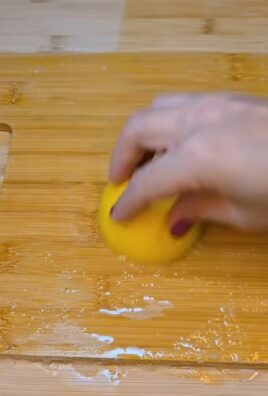
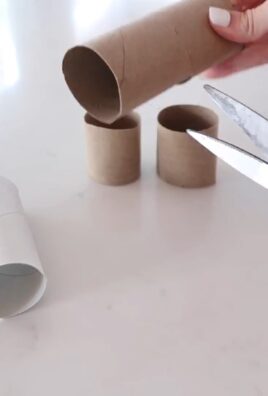
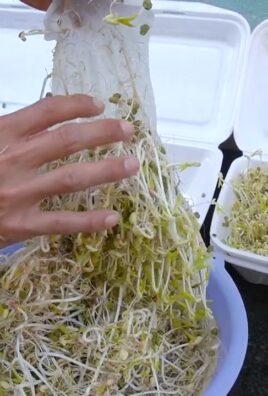
Leave a Comment